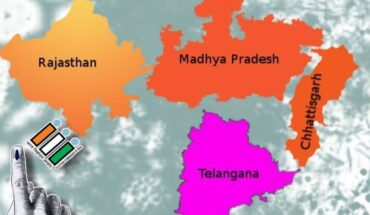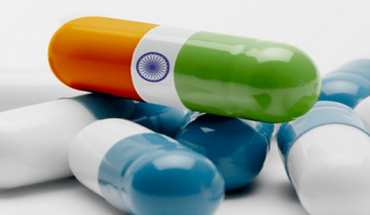As the ruling BJP marks the eighth anniversary of Prime Minister Narendra Modi’s government, retail inflation has accelerated close to the 8.3% level last seen in May 2014, when Modi assumed office in the last week of the month. For a government that prided itself on its inflation taming successes in the first five years, a combination of factors including the COVID-19 pandemic, high crude oil prices and now the war in Ukraine have created a perfect storm that sent the Consumer Price Index (CPI)-based inflation racing to a 95-month high of 7.79% in April. Food and fuel were the biggest culprits fanning last month’s furious pace of price gains that seem unabating. Food inflation as measured by the Consumer Food Price Index (CFPI) quickened to a 17-month high of 8.38% last month, with rural consumers experiencing it at 8.5%, a pace that was 41 basis points faster than that experienced by their urban counterparts. Ten of the 12 items in the food and beverages basket of the overall CPI registered sequential acceleration as well. Of concern are the prices of cereals and products, which constitute almost a tenth of the CPI and account for the key staples of wheat and rice that are essential for ensuring food security. Inflation in cereals accelerated by more than 100 basis points to 5.96% last month. With inflation now having turned far more broad-based and logging a strident pace in excess of 8% for four of the six sub-groups in the CPI, policymakers have their task cut out. While the RBI must continue to tighten monetary policy in order to protect the vast majority who have no hedge against inflation, the pass-through of high oil costs, reflected in double-digit price gains in the transport and fuel and light categories, leaves the Government with little option but to cut fuel taxes if it is serious about taming inflation so as to ensure overall macroeconomic stability.





